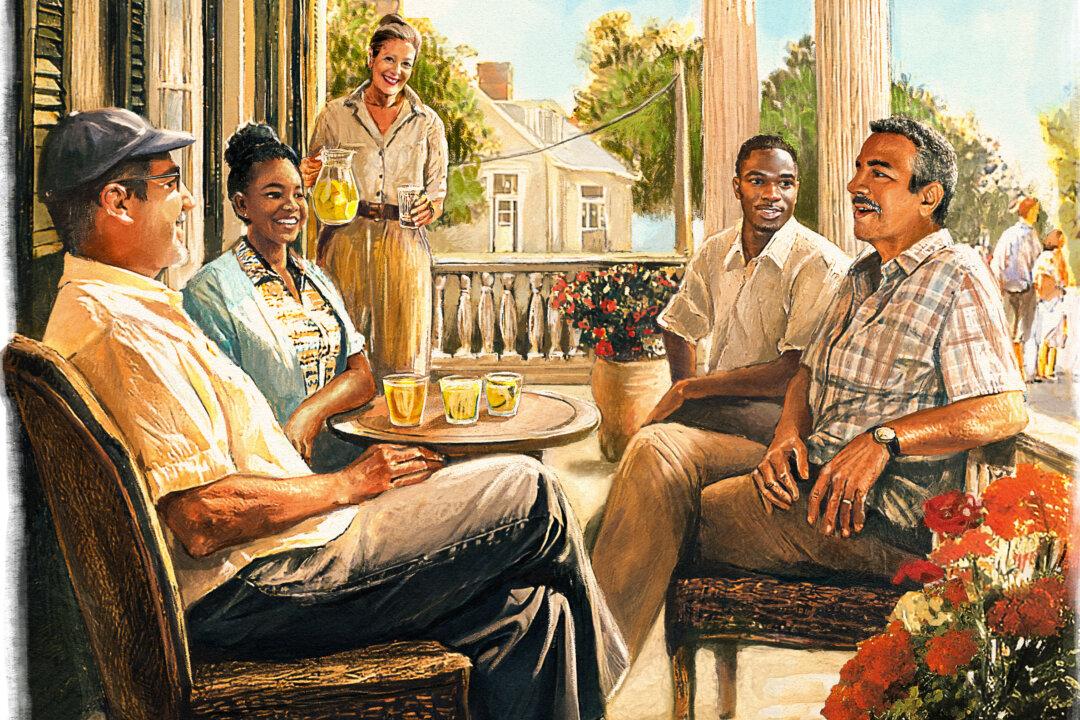We often speak–especially here at The Epoch Times–of the great treasury of classic literature. But what exactly is a classic? How do we define this term? And how can its definition deepen our understanding and appreciation of this class of works?
The British-American poet, playwright, and essayist T.S. Eliot (1888–1965) tackled that very question in a 1944 address to the Virgil Society. It was later published in print in 1945. In this address, Eliot provided the world with a valuable definition and defense of a “classic.” His analysis is well worth a closer look for anyone trying to understand what a classic is and why it matters.






